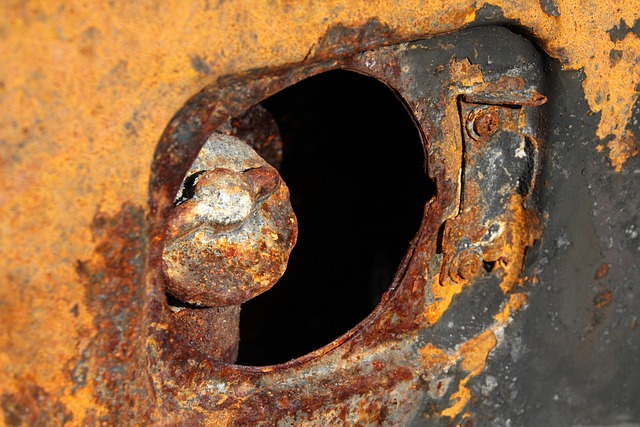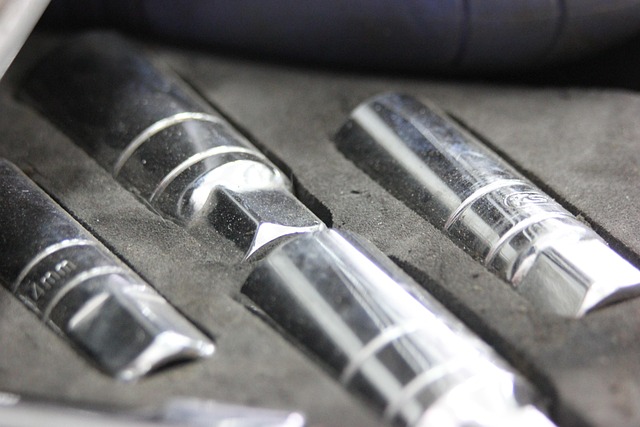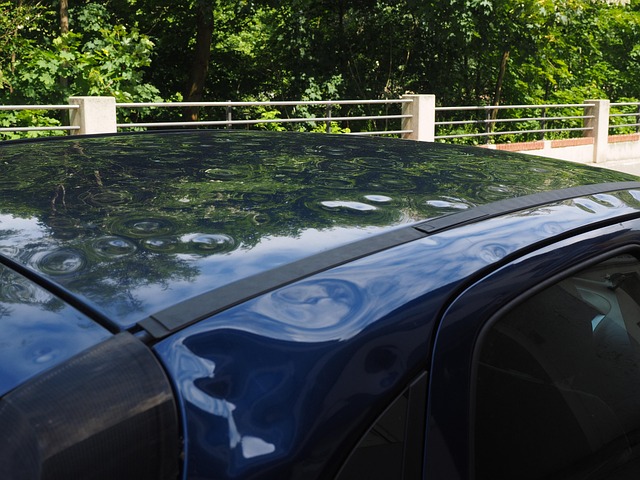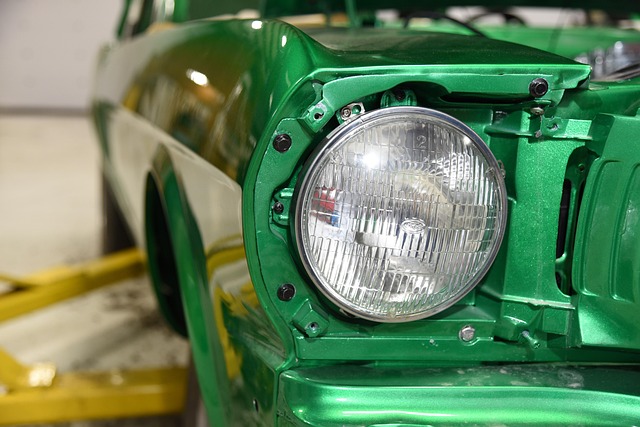Auto repair shops committing to environmentally safe repair through eco-friendly materials and techniques demonstrate a commitment not just to quality service but global environmental health. Look for certifications, active industry involvement (e.g., water-based paints), and facility initiatives like hazardous material disposal systems and recycling programs to verify their claims. Inquire about staff training in green collision repair and waste management practices, ensuring the shop's actions genuinely align with their eco-friendly marketing.
Looking to verify a shop’s commitment to environmentally safe repair? This comprehensive guide breaks down essential steps. Learn about best practices and key indicators that set eco-conscious establishments apart. Discover practical strategies to assess their claims, ensuring you support businesses aligned with sustainable values. From understanding foundational principles to taking actionable verification measures, this article equips you to make informed choices for a greener future.
- Understanding Environmentally Safe Repair Practices
- Key Indicators of a Shop's Commitment
- Verifying Their Claims: Practical Steps to Take
Understanding Environmentally Safe Repair Practices

When we talk about environmentally safe repair practices, it refers to a set of strategies that auto shops use to minimize their impact on the environment during vehicle service and restoration processes. This involves employing eco-friendly materials, tools, and techniques throughout various stages of automotive body shop operations, from initial assessment to final reconditioning. The primary focus is to reduce, reuse, and recycle, ensuring that every aspect of auto frame repair aligns with sustainability principles.
In a collision center or any automotive body shop, these practices might include using biodegradable or recycled materials for parts replacement, implementing efficient energy systems, and adopting water conservation techniques in painting and cleaning processes. Additionally, proper disposal methods for waste materials and hazardous substances are essential to prevent environmental contamination. By integrating such measures, a reputable auto repair shop demonstrates its commitment to not only delivering quality services but also contributing positively to the planet’s health.
Key Indicators of a Shop's Commitment

When evaluating a shop’s commitment to environmentally safe repair practices, several key indicators can serve as red flags or green lights. First and foremost, look for certifications from recognized environmental agencies that validate their adherence to sustainable standards. This might include accreditations for responsible waste management, eco-friendly material usage, and energy conservation in their vehicle paint repair processes.
Another crucial sign is the shop’s active participation in industry initiatives promoting environmentally safe car repair services. They should embrace technologies and techniques that minimize the environmental impact of auto collision center operations. For instance, utilizing water-based paints, recycling old materials, and adopting efficient waste disposal methods are clear indications of a forward-thinking, sustainable auto repair business.
Verifying Their Claims: Practical Steps to Take

When evaluating a shop’s commitment to environmentally safe repair practices, it’s crucial to go beyond their marketing claims and take practical steps to verify their authenticity. Start by examining their facility for signs of eco-friendly initiatives. Look for proper disposal systems for hazardous materials like paint and solvents, as well as recycling programs for metal and other reusable materials. Check if they use water-based or low-VOC (volatile organic compound) paints and coatings, which significantly reduce air pollution compared to traditional options.
Next, inquire about their training and certification in green collision repair techniques. Reputable shops should have staff trained in the latest environmentally conscious practices for auto body work and collision repair. Ask for details on how they handle waste management, including whether they offer services like electronic waste (e-waste) recycling or proper disposal of old tires, which are significant contributors to environmental pollution if not managed correctly. By taking these steps, you can ensure that the shop’s claims of commitment to environmentally safe repair are genuine and backed by tangible actions.
When verifying a shop’s commitment to environmentally safe repair practices, it’s essential to look beyond marketing claims. By understanding key indicators and taking practical steps to assess their methods, you can ensure that your chosen repair facility aligns with your values of sustainability. Remember, true environmental stewardship in the repair industry is more than just a buzzword; it’s a responsible approach that benefits both the planet and its inhabitants.














